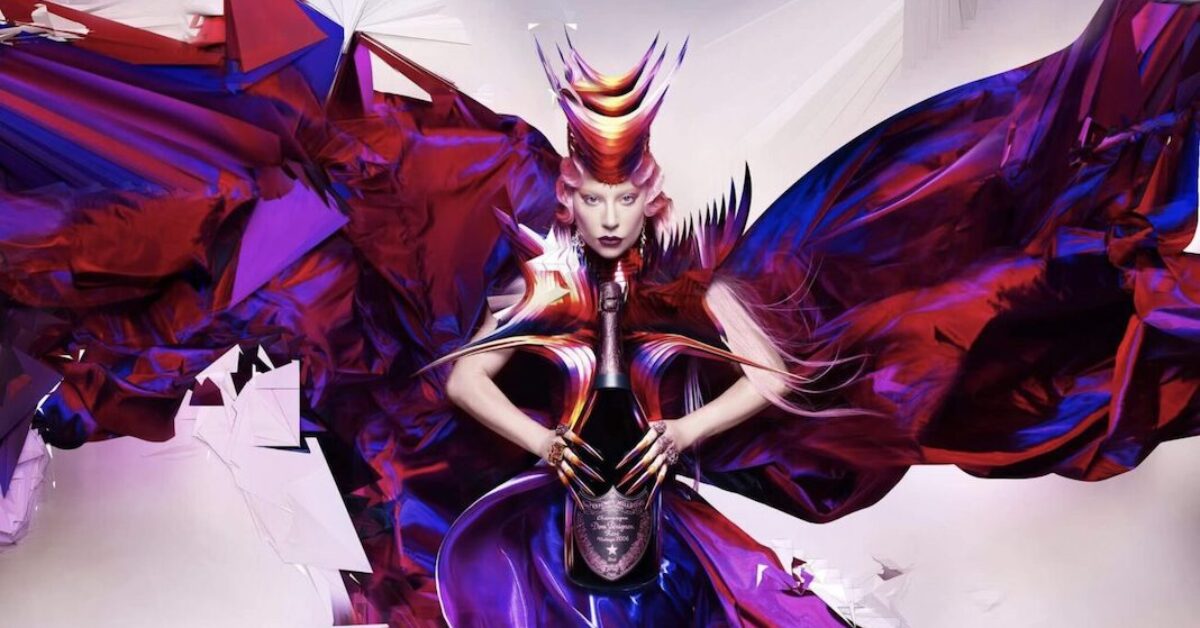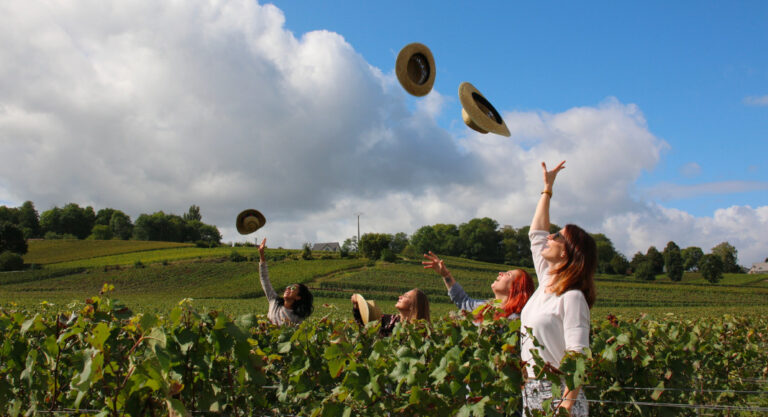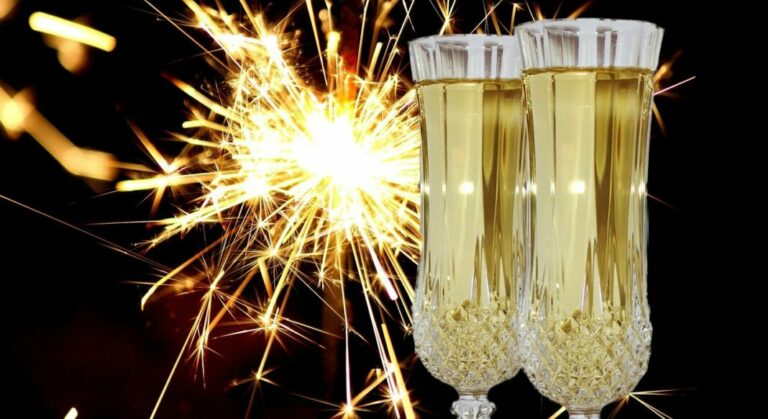“Champagne — the wine and the region — was a social and cultural construct,” says champagne historian Kolleen M. Guy in this article on the socioeconomic history of French sparkling wine. In it, she recognizes champagne’s luxurious reputation as the result of specific lobbying from French vignerons, rather than some kind of divine benediction.
At the beginning of World War I, rapidly changing social structures resulted in a “search for new ways to mark social status,” resulting in champagne’s rising popularity as a symbol of “the glories of the French nation.”
“The connection of champagne with timeless tradition and old-world quality was seemingly inconsistent with the recent introduction of sparkling wine to the international wine market,” Guy explains, pointing out the jarring disparity between marketing and history when it comes to luxury products, one which still exists today.
This “social and cultural construct” has only gained traction over the last century, however, with legacy brands like Veuve Clicquot and Moët & Chandon marketing their products as almost mythical vintages created through a process that feels more like witchcraft than science.
As successful as these established maisons might be, though, they are always looking for new ways to spice it up. Earlier this week, Dom Pérignon (which is owned by Moët & Chandon, an LVMH brand) made headlines with the announcement of a new collaboration with pop icon Lady Gaga on a signature vintage rosé champagne. Called “The Queendom,” this oversized bottle of bubbly is part of Gaga’s promotion for her recent Chromatica album, which also involved a heavily-memed collaboration with Oreo.
This is not the first time Dom has paired up with a famous figure. In 2013, they joined forces with artist Jeff Koons, who designed a sculpture/bottle holder for another vintage pink champagne, a $25,000, 2-foot-long rendition of his 8-foot Balloon Venus. Those who couldn’t afford the sculpture could buy a limited-edition champagne delivered in a specially-designed box with the image of the sculpture printed on it.
The year before, director David Lynch did a very on-brand redesign of two Dom Pérignon bottles, based on mutual appreciation for, ‘mystery, intensity, commitment, time, the constant reinvention of the self, and above all, absolute faith in the power of creation.’
These choices of collaborators tell quite a story. As different as Lynch, Koons, and Gaga are, they are all individuals with a very clear aesthetic, and pop culture-avant garde crossover appeal. The visuals change dramatically, but what’s inside the bottle doesn’t really.
This is a pretty stark contrast from other notorious high-low collaborations of the last few years, most of which can be found in the fashion world. Think Louis Vuitton’s collaboration with Supreme in 2017, or H&M’s collections with Maison Margiela and Balmain. Fashion is recognizably different season to season, in ways even a novice can visualize. And cross-brand collaborations, especially with mass retailers like H&M, result in a noticeably different product, with differences in quality of materials and manufacturing in addition to aesthetic.
Champagne is different. Time and time again, blind tests have shown that even sophisticated palates can be fooled by phonies of a less-expensive grade. Most people can’t tell the difference between a Dom 2003 and a Cristal 2009 by taste, so they judge by reputation.
For example, in a 2006 interview in The Economist, Frederic Rouzaud, the managing director of Louis Roederer (which owns Cristal), made several infamous comments when asked about the champagne’s popularity among rappers, saying: “That’s a good question, but what can we do? We can’t forbid people from buying it.” Many influential rappers and musicians, notably Jay-Z, responded by boycotting Cristal, with some even starting their own beverage companies.
You can choose to be the champagne hip-hop stars love to hate, or the champagne that donates its proceeds to non-profit organizations for struggling youth. But, because of a century of scrupulous litigation, either way, you’ll still be champagne. Made with the same methods, in the same region, with the same grapes, just a few vineyards apart. The experts will know the difference, but all anyone else will know is that buying a bottle of your product feels like a special occasion, a status symbol, or even a one-way ticket to Chromatica.






